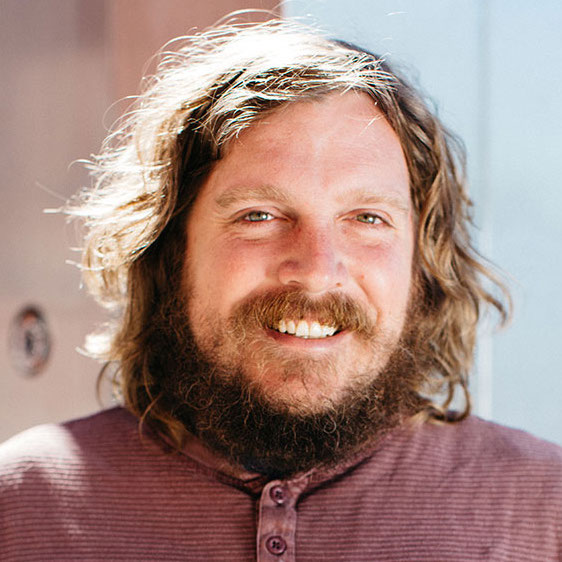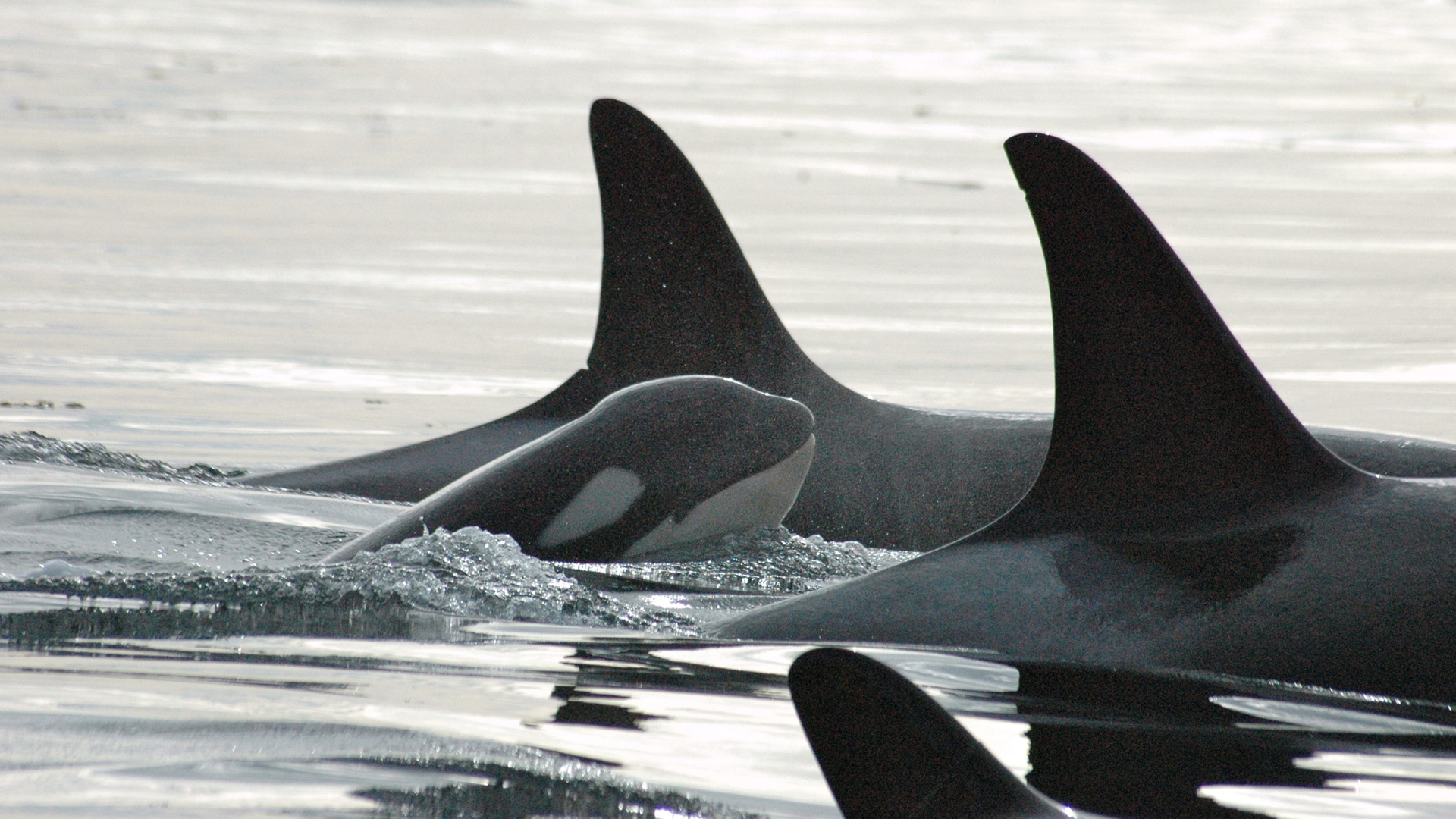Last month, a number of current events—starting with the tragic story of Tahlequah the orca—unfolded within days of each other. Though they seemed unrelated on the surface, they began appearing together in conversations that were marked by a similar tone of heartache. Here, Beau Denton (MA in Counseling Psychology, ‘17), Content Curator, explores how these stories relate to each other, and what they might reflect of our society’s tendency toward division and violence.
Like everybody else I know in the Northwest, I was captivated by the story of Tahlequah, or J-35, the orca whale who carried her deceased calf for more than 1,000 miles—what became known internationally as a “tour of grief.” The calf had lived for as little as half an hour, and Tahlequah refused to let go for the next 17 days. With scientists and whale watchers fretting about Tahlequah’s health and speculating about when the calf’s body might decompose, we all followed along as the mother whale continued swimming, sometimes balancing the body on her nose, sometimes holding it by the tail in her jaw. Each time it slipped from her grasp she would dive after it, chasing it into the depths because her tour of grief was not yet complete.
In the midst of such a heartbreaking display, Tahlequah was not traveling alone; she was surrounded by the pod that had witnessed the birth of her calf and shared in the trauma of its death. According to the Center for Whale Research, the Southern Resident killer whale population has seen no healthy new calves in more than three years; as their food supply grows scarce, their population has declined by 25 percent in the last 20 years. So Tahlequah, her pod members, and the other orcas in the region know something of death and loss. They know something of grief. Finally, here was a living calf who—for at least a few minutes—became the first sign in years of a hopeful future for the pod. No wonder Tahlequah would not let go. No wonder, as I heard one scientist speculate, the others in the pod were helping feed her—helping sustain her in her mourning, because her mourning was also their mourning. It does not minimize Tahlequah’s individual grief to suggest that this tour was also an outpouring of collective grief.
I was thinking about Tahlequah during (Re)Orientation on August 28, when Dr. Derek McNeil, Senior VP of Academics, named our institutional season of transition and, more broadly, the profound social disruption unfolding around us. Derek then invited our student body into this refrain: “Grief and hope. Grief and hope. Grief and hope.” He reminded us that the two must go hand in hand; grief grounds and contextualizes our hope, and hope brings life to our grief. Yet they both feel foreign to our cultural discourse.
“Grief grounds and contextualizes our hope, and hope brings life to our grief.
On August 10, Richard Russell, a ground service agent at Seattle-Tacoma International Airport, stole a 76-seat plane and went for an improvised—and ultimately suicidal—Friday evening flight. Russell commented on the beautiful mountain views, talked lightheartedly with air traffic control, and mentioned that his video game experience was enough training for the unlikely stunts he pulled off. At one point before he crashed into Ketron Island, almost in passing, Russell made a heartbreaking request: “Hey, I want the coordinates of that mama orca with the baby. I wanna go see that guy.”*
An individual caught up in some unknown inner storm was drawn to an outer display of collective grief. I won’t pretend to know what in Russell’s life led him to that moment, what losses or traumas or conflicts prompted his quixotic quest for what he hoped would be “a moment of serenity.” But I do know there is something deeply, perhaps universally human in this airborne confession: “I’ve got a lot of people that care about me, and it’s going to disappoint them to hear that I did this. I would like to apologize to each and every one of them. Just a broken guy, got a few screws loose, I guess. Never really knew it until now.”
What do we do with our brokenness, with those parts of ourselves that are loose and unraveled? Do we dare name it and bear it on our faces for the world to see? Do we dare expose our grief and nourish others who are doing the same? Or do we try to silence and bury it, pretending that it won’t eventually leak out in some form or another?
On August 14, the state of Nebraska carried out its first execution since 1997, marking the inaugural use of fentanyl in a government-sanctioned lethal injection. If fentanyl sounds familiar, it’s because it is the synthetic opioid that is the name and face of the latest iteration of America’s overdose epidemic—an epidemic that killed a record-high 72,000 Americans in 2017.
What a damning exposure of our cultural paralysis in the face of grief. If the drug crisis demands the kind of collective lament that leads to action, then is there anything more morbidly ironic than taking an icon of that unaccessed grief and using it to kill another person? Is there anything more futile than injecting into someone else’s veins what we’re afraid to face in ourselves? Psychological theory, scientific research, and the common sense wisdom of living in relationship all point to this truth: if we do not name our experiences of harm and loss, and if we do not allow others to care for us in our grief, we will not wake up one day magically whole again. Internalized pain does not come to rest and dissolve away; like a poorly contained body of water, it will always find an outlet.
The world recently learned about the abuse of more than 1,000 children at the hands of hundreds of priests in Pennsylvania—a hideous, systemic act of evil that was protected at the highest levels. No words I write here could capture the outrage and hollowness and sackcloth-and-ashes kind of torment that should answer such a degree of harm, or the sinking awareness that these revelations were contained to just one state. Instead I remember the story of Mamie Till-Mobley, whose own tour of grief in 1955—“I wanted the world to see what they did to my baby”—forced our nation to reckon with its legacy of state-sanctioned lynchings. As Karen Baker-Fletcher writes, “She was like Mary, mother of Jesus, asking the world to look and to repent. She was like many other black women who had seen the horror, and couldn’t bear another look. But Mother Till-Mobley found courage to say, ‘I’M NOT TAKING THIS! LOOK World, get delivered of your demons and Look!’”**
And so I turn again to the story of Tahlequah, who balanced the body of her grief on her nose for longer than anyone thought possible. Because here’s something else: soon after Tahlequah’s grief had been expressed and she had let go of the calf, she was described as “remarkably frisky,” once again able to contribute to her pod’s fight for survival.
In her stubborn, prophetic grief, and in the collective lament of her community, Tahlequah’s story holds a mirror to our own avoidance of grief, our efforts to divert our outrage and mourning into cyclical contempt, revenge, or shame. She embodied the conviction that the dynamic movement of grief unto life is the only way forward. May we learn to do the same.
*Quotes from Russell’s communication with Air Traffic Control were found here and here.
**Karen Baker-Fletcher, Dancing with God: The Trinity from a Womanist Perspective (Chalice Press, 2006), emphasis in original. I first encountered this text in a theology class at The Seattle School with Dr. Chelle Stearns.


